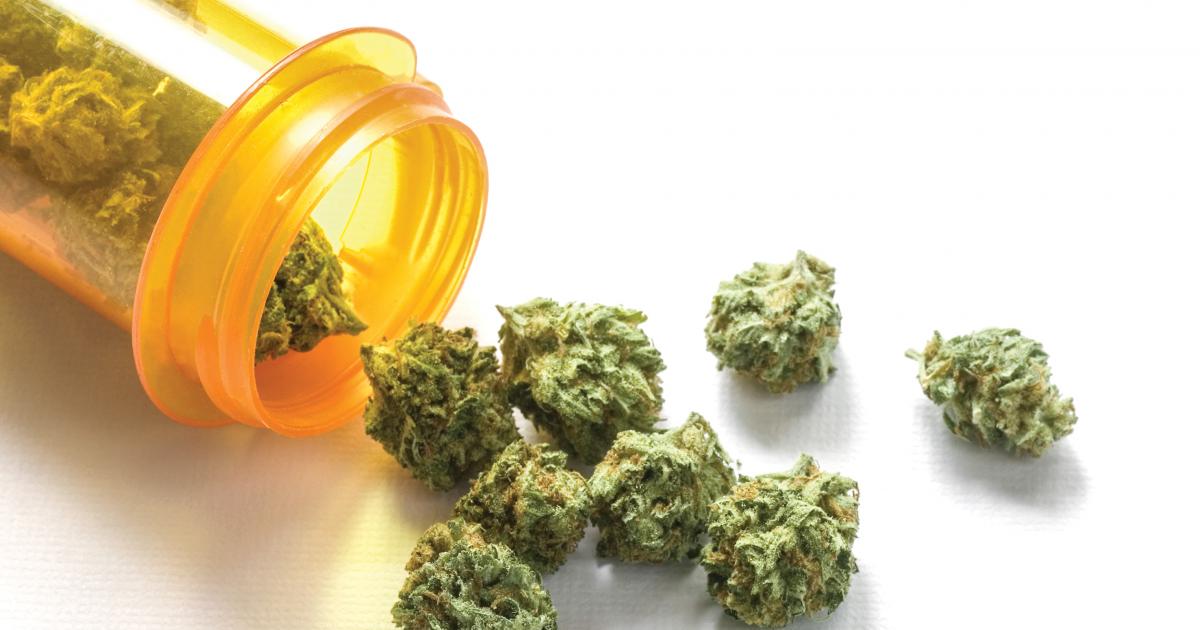Microdosing marijuana has gained popularity in recent years as a way to experience the benefits of cannabis without the intense psychoactive effects. By consuming small amounts of marijuana, users can improve their mood, increase focus, and alleviate symptoms of various medical conditions.
What is Microdosing?
Microdosing refers to the practice of consuming very small amounts of a substance, typically a psychedelic drug like LSD or psilocybin mushrooms. However, the concept has been adopted by cannabis enthusiasts who want to reap the benefits of marijuana without getting too high.
The idea behind microdosing is to consume a dose that is sub-perceptual, meaning it doesn’t produce noticeable psychoactive effects. This allows users to go about their daily activities without feeling impaired or experiencing the stereotypical “stoner” behavior.
Benefits of Microdosing Marijuana
One of the primary benefits of microdosing marijuana is improved mood and reduced anxiety. Many users report feeling more relaxed, happy, and creative after consuming small amounts of cannabis. This can be particularly helpful for those who suffer from depression, anxiety, or stress.
Microdosing can also enhance focus and productivity. By consuming a small amount of marijuana, users may find it easier to concentrate on tasks and maintain motivation throughout the day. This can be beneficial for students, professionals, or anyone looking to boost their cognitive performance.
Additionally, microdosing marijuana can provide relief from various medical conditions. Cannabis has been shown to alleviate symptoms of chronic pain, inflammation, and nausea. By consuming small doses, patients can experience these benefits without the intense psychoactive effects that may interfere with their daily functioning.
Finding the Right Dose
The key to successful microdosing is finding the right dose for your individual needs. This can vary depending on factors such as tolerance, body weight, and the potency of the cannabis strain being used. For those new to microdosing, it’s best to start with a very small amount, such as 2.5-5mg of THC, and gradually increase the dose as needed.
It’s important to keep in mind that how much is an ounce in grams when measuring out your microdoses. An ounce of marijuana typically contains around 28 grams, which can be divided into smaller doses for microdosing purposes.
Methods of Microdosing
There are several methods for microdosing marijuana, including smoking, vaping, and consuming edibles. Smoking and vaping provide quick onset of effects but may not be the most precise method for dosing. Edibles, on the other hand, offer a more controlled and long-lasting experience but can take longer to take effect.
Tinctures and oils are another popular option for microdosing, as they allow for precise dosing and can be easily added to food or beverages. Some users also opt for low-dose capsules or tablets for convenience and consistency.
Potential Risks and Considerations
While microdosing marijuana is generally considered safe, there are some potential risks and considerations to keep in mind. Consuming too much can still lead to unwanted psychoactive effects, so it’s important to start slow and listen to your body.
It’s also worth noting that marijuana can interact with certain medications and may not be suitable for everyone. Those with a history of mental health issues or substance abuse should exercise caution and consult with a healthcare professional before microdosing.
Conclusion
Microdosing marijuana offers a subtle and controlled way to experience the benefits of cannabis without the intense psychoactive effects. By consuming small amounts, users can improve their mood, increase focus, and alleviate symptoms of various medical conditions. As with any substance, it’s important to approach microdosing with caution and find the right dose for your individual needs. With the right approach, microdosing marijuana can be a valuable tool for enhancing well-being and quality of life.

